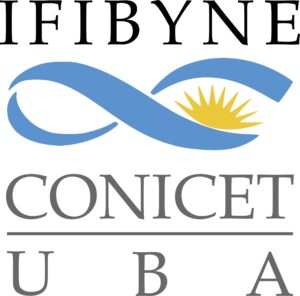Insect mushroom bodies are well-known high-order associative centers. We have reported structural and physiological evidence to support the hypothesis that crustaceans possess structures equivalent to the mushroom bodies. The hemiellipsoid bodies of the crab Neohelice granulata exhibit many insect-like mushroom bodies traits, including neuroanatomical characteristics and plasticity that reflect the context dependent attribute of an associative memory. Previously, we have found overlapping but distinct spatial patterns elicited by visual or mechanical stimulation in the lobed region of the hemiellipsoid body (10.1002/cne.24960). Here, we used calcium imaging recordings to analyze the dynamic of the spatial configuration of the neural activity in the calyx-like (proposed input) region. Results showed, revealed by K-mean clustering of pictures representing the activity pattern for each calcium event during both ongoing and stimuli (visual and mechanical) elicited activity, several related recurrent spatial configurations of neuronal activity. According to crustacean’s equivalent mushroom bodies calyces structure, the recurrence of these spatial configurations suggests different network elements (neuronal populations and/or neuronal processes) innervated by segregated multimodal inputs. These data further support the complexity of these structures, and suggest that stimuli elicited activity might rely on functional ensembles already operating in this center’s ongoing activity.

Menu
E-poster
Session: 4
PS4-13 | Recurrent Ca2+ activity spatial configurations in a mushroom body-like structure of a crab during ongoing and elicited activity
Alejandro Delorenzi
IFIByNE-CONICET-UBA
- Ciudad Autónoma de Buenos Aires,
- Argentina
- Francisco J. Maza1
- , Francisco J. Urbano1
- , Alejandro Delorenzi1
- 1. IFIBYNE, UBA-CONICET, Facultad de Ciencias Exactas y Naturales, Universidad de Buenos Aires, Buenos Aires, Argentina
